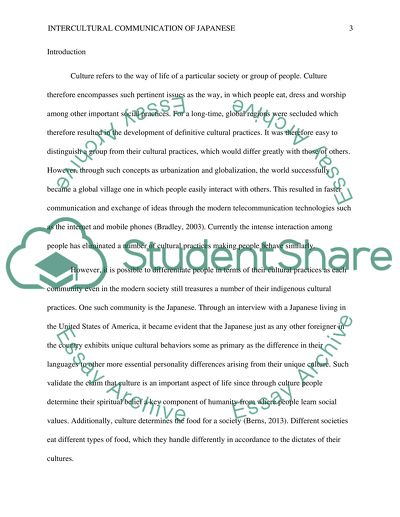Cite this document
(“Intercultural comm of Japanese Essay Example | Topics and Well Written Essays - 2500 words”, n.d.)
Intercultural comm of Japanese Essay Example | Topics and Well Written Essays - 2500 words. Retrieved from https://studentshare.org/journalism-communication/1476583-intercultural-comm-of-japanese
Intercultural comm of Japanese Essay Example | Topics and Well Written Essays - 2500 words. Retrieved from https://studentshare.org/journalism-communication/1476583-intercultural-comm-of-japanese
(Intercultural Comm of Japanese Essay Example | Topics and Well Written Essays - 2500 Words)
Intercultural Comm of Japanese Essay Example | Topics and Well Written Essays - 2500 Words. https://studentshare.org/journalism-communication/1476583-intercultural-comm-of-japanese.
Intercultural Comm of Japanese Essay Example | Topics and Well Written Essays - 2500 Words. https://studentshare.org/journalism-communication/1476583-intercultural-comm-of-japanese.
“Intercultural Comm of Japanese Essay Example | Topics and Well Written Essays - 2500 Words”, n.d. https://studentshare.org/journalism-communication/1476583-intercultural-comm-of-japanese.


